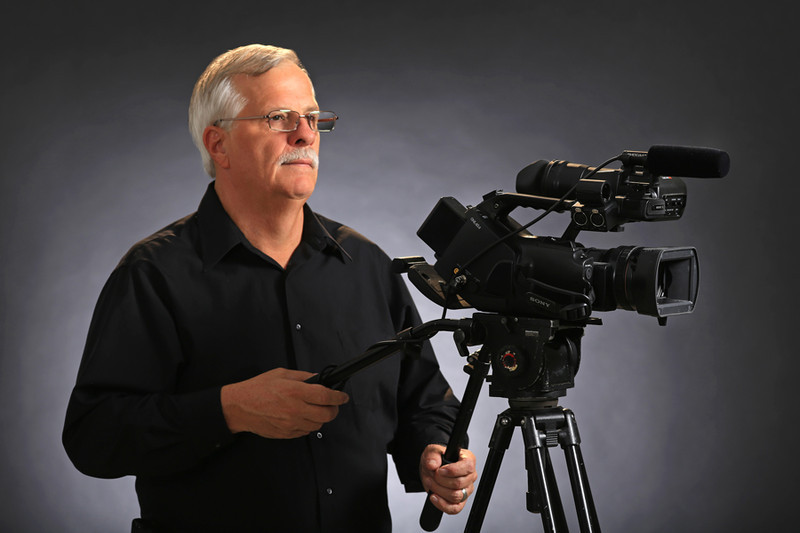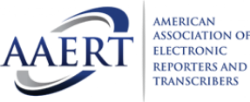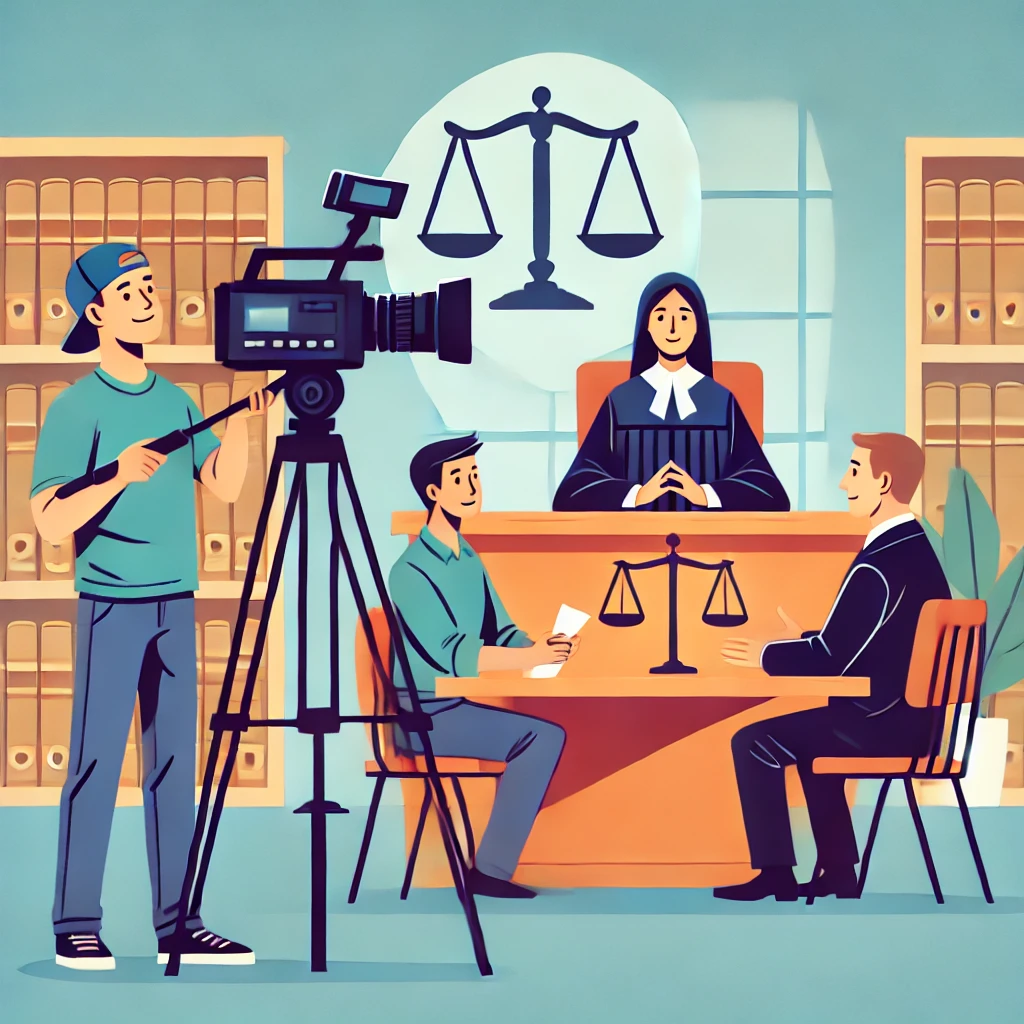Why Legal Videography Is Critical for Accurate Court Recordings
The function of legal videography in courtroom settings can not be overemphasized, as it works as an essential tool for maintaining the honesty of court records. By capturing both verbal and non-verbal communication, it improves the clearness of witness testimonies and shows the nuances of court interactions. This comprehensive documents not just help in lowering possible misconceptions but likewise sustains appellate testimonials, therefore reinforcing the judicial procedure. The effects of integrating lawful videography into basic court room techniques elevate crucial inquiries about its wider influence on the legal system. What might these implications involve?
Value of Visual Evidence
In the realm of legal proceedings, the value of aesthetic proof can not be overstated. Aesthetic evidence works as an effective device in establishing truths, supporting statements, and boosting the total clearness of a situation. This type of evidence, that includes pictures, videos, and layouts, can offer a concrete context that verbal descriptions usually lack, thereby offering juries and judges a clearer understanding of the circumstances bordering a case.
In addition, aesthetic proof help in the retention of info. Human cognition is inherently aesthetic, and people are most likely to bear in mind and comprehend information offered in a visual layout. In the court, this can be vital, as engaging visual proof can guide viewpoints and enhance the narrative presented by lawful agents.
Furthermore, using aesthetic evidence can lessen misunderstandings and uncertainties that commonly emerge from verbal exchanges. By providing a direct depiction of occasions, visual proof aids to remove subjective interpretations and fosters an extra objective exam of the facts. The combination of aesthetic proof right into legal proceedings not just strengthens the honesty of the judicial procedure yet likewise improves the possibility of attaining a just result.
Recording Non-Verbal Hints
Making use of innovative videography strategies can significantly enhance the capture of non-verbal hints during lawful proceedings. Non-verbal communication, consisting of faces, body movement, and eye contact, plays an essential role in sharing emotions and purposes that might not be explicitly specified in spoken testament. legal videography. Lawful videography utilizes high-definition video cameras and strategic angles to ensure that these refined hints are videotaped with clearness and precision
The capability to analyze non-verbal behavior can supply beneficial context to statements made throughout court sessions. A witness's reluctance or self-confidence can be analyzed via their posture or gestures, potentially affecting the jury's understanding of reliability. Additionally, using close-up shots can aid focus on a speaker's expressions, enabling an extra nuanced understanding of the testament.
Moreover, integrating several cam angles can create a thorough sight of communications, highlighting dynamics between events involved. This diverse approach not only improves the precision of the court document however likewise help in protecting the integrity of the judicial process - legal videography. Ultimately, capturing non-verbal cues through legal videography fosters a richer, a lot more full representation of court procedures

Enhancing Testament Reliability
The integrity of testimony can be dramatically strengthened through using top quality lawful videography. Video recordings act as an objective medium that catches not only the spoken words of witnesses yet additionally the nuances of their shipment, including tone, pacing, and emotional expressiveness. This diverse documentation supplies a clearer understanding of the witness's reliability and intents, which can be crucial in lawful proceedings.
Furthermore, lawful videography lessens the potential for misinterpretations that might develop from written records alone. When jurors can observe a witness's demeanor and body movement in conjunction with their statement, they are much better geared up to analyze the authenticity and dependability of the proof provided. This aesthetic context can strengthen the testimonial story, making it much more compelling and trustworthy.
In addition, the visibility of a video clip recording can prevent prospective variances in testament. Witnesses might be more mindful in their declarations when they understand they are being videotaped, resulting in even more accurate and genuine accounts. In general, high-quality visit the site legal videography improves the integrity of statement, making sure that the court has accessibility to a full and genuine depiction of the facts as communicated by the witnesses.
Sustaining Appeals and Reviews
Lawful videography plays a vital function in supporting allures and reviews by supplying a detailed aesthetic document of court room proceedings. This aesthetic documents records not only the talked words of witnesses and lawyers yet also the nuances of body movement, tone of voice, and courtroom characteristics. Such components can be critical in understanding the context of statements and arguments presented.
In the appellate procedure, where the emphasis is on errors of law and procedural fairness, a video clip record can work as a vital tool for appellate courts. It makes it possible for courts to evaluate the original trial context, guaranteeing that choices are based upon a full understanding of the procedures. The ability to visually examine the attitude of witnesses or the interactions between celebrations can disclose insights that composed records might overlook.

Additionally, lawful videography can help in clearing up uncertainties in testimonies or procedural rulings, therefore reinforcing the basis for an allure. By providing a trusted, unbiased account of what transpired in court, legal videography not only sustains the integrity of the lawful procedure but also encourages all celebrations involved to make informed choices regarding their instances.
Streamlining Courtroom Procedures
Enhancing court performance, lawful videography simplifies procedures by supplying instant accessibility to aesthetic documents of procedures. This modern technology permits judges, attorneys, and juries to revisit essential testimony and evidence, ensuring that all events have a clear understanding of the situation. By recording the nuances of spoken and non-verbal interaction, videography enhances the document, making it simpler to comprehend the context and weight of testaments.

In addition, video recordings can help with remote involvement in hearings, permitting for greater flexibility in scheduling and participation, which is particularly important in complicated cases including multiple stakeholders.
Conclusion
Finally, legal videography plays a crucial function in guaranteeing accurate court recordings by supplying vital visual proof that records both verbal and non-verbal interaction. This method boosts the reliability of testimonies, sustains appellate evaluations, and streamlines courtroom processes. straight from the source By promoting a detailed understanding visit our website of courtroom dynamics, lawful videography inevitably adds to more equitable judicial outcomes, enhancing the stability of the legal system and helping with notified decision-making.
Comments on “How Legal Videography Supports in Preserving Vital Evidence for Litigation”